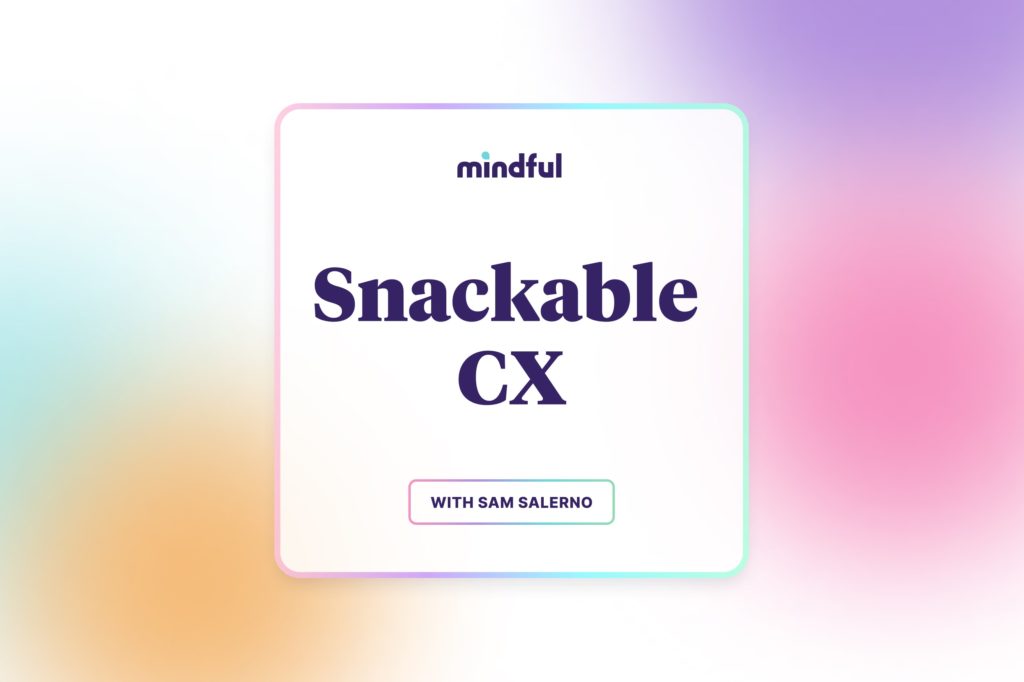Episode details
While most companies talk about customer acquisition in terms of brand awareness and conversion channels—you know, paid ads, sponsorships, TV spots, social media, the works—these tools really only make up half of what a brand needs to convert prospects to paying clients.
See, people are looking for confidence when they’re buying something. And sometimes your commercial or ad is enough to inspire that confidence and overcome or answer any questions. But if you’re anything like me, you’ve been on plenty of websites that had you digging through page after page trying to find an answer to the one question you had before purchasing.
It’s at this critical point that you can step in to meet your customers’ needs and make the sale. We cover how in just three ways.
This episode has been adapted from our article, “3 Enterprise Customer Acquisition Strategies that Leverage CX.”
Still hungry?
Subscribe on Apple Podcasts or Spotify to get fresh episodes each week.




